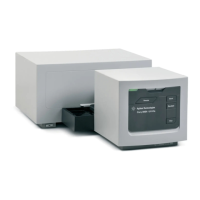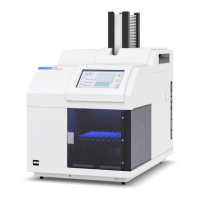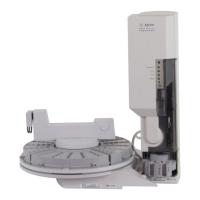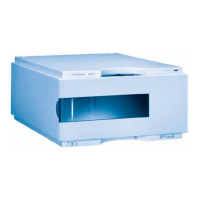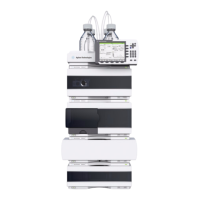Understanding Your Agilent ChemStation 105
Integration
4
Integration Events
Integration Events
The integrator provides you with a number of initial and timed integrator
events. Many events are on/off or start/stop pairs.
Initial Events
Initial Peak Width Initial peak width sets the integrator’s internal peak width to this value for the
start of run. This initial peak width is used to scale the accumulator that
detects peak up-slope, down-slope, and tailing. The integrator updates the
peak width when necessary during the run to optimize the integration. You
specify the peak width in units of time that correspond to the peak width at
half-height of the first expected peak (excluding the solvent peak).
Slope Sensitivity Slope sensitivity is the setting for peak sensitivity. This is a setting that changes
on a linear scale.
Height reject Height reject sets peak rejection by final height. Any peaks that have heights
less than the minimum height are not reported.
Area reject Area reject sets peak rejection by final area. Any peaks that have areas less
than the minimum area are not reported.
Shoulder
detection
When shoulder detection is on, the integrator detects shoulders using the
curvature of the peak as given by the second derivative. When the curvature
goes to zero, the integrator identifies this point of inflection as a possible
shoulder. If the integrator identifies another point of inflection before the
apex of the peak, a shoulder has been detected.
Peak Width
The peak width setting controls the selectivity of the integrator to distinguish
peaks from baseline noise. To obtain good performance, the peak width must
be set close to the width at half-height of the actual
chromatographic/electropherographic peaks. The integrator updates the peak
width when necessary during the run to optimize the integration.

